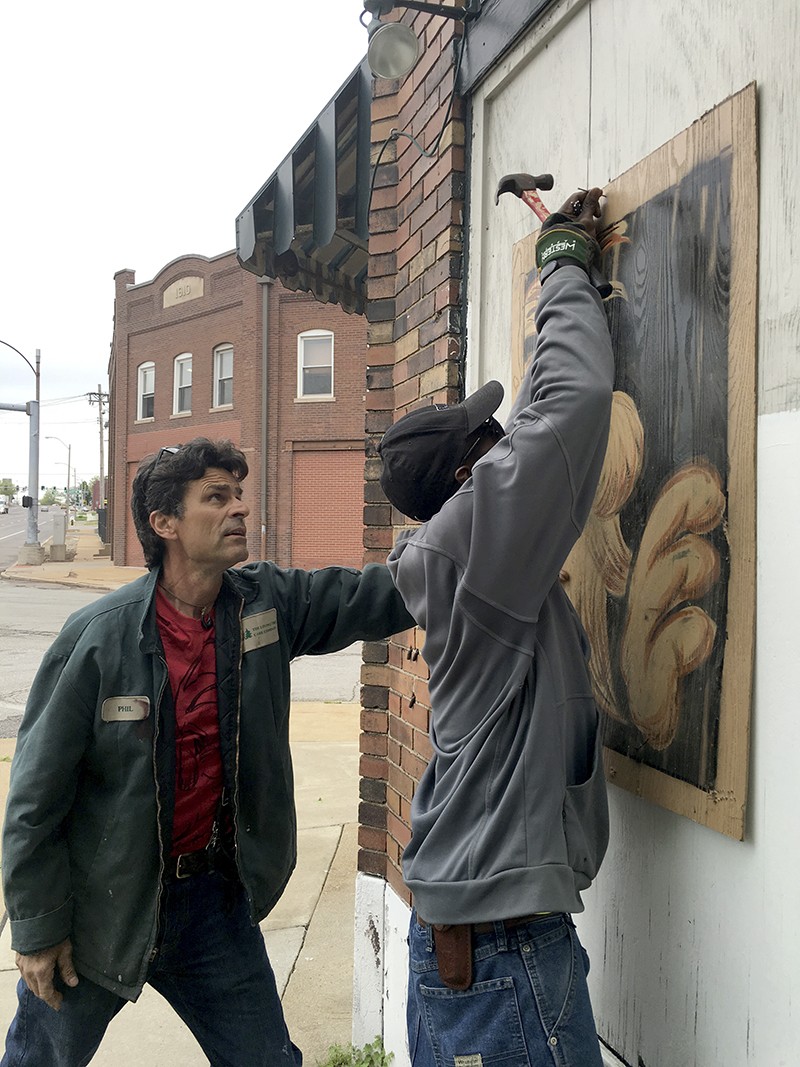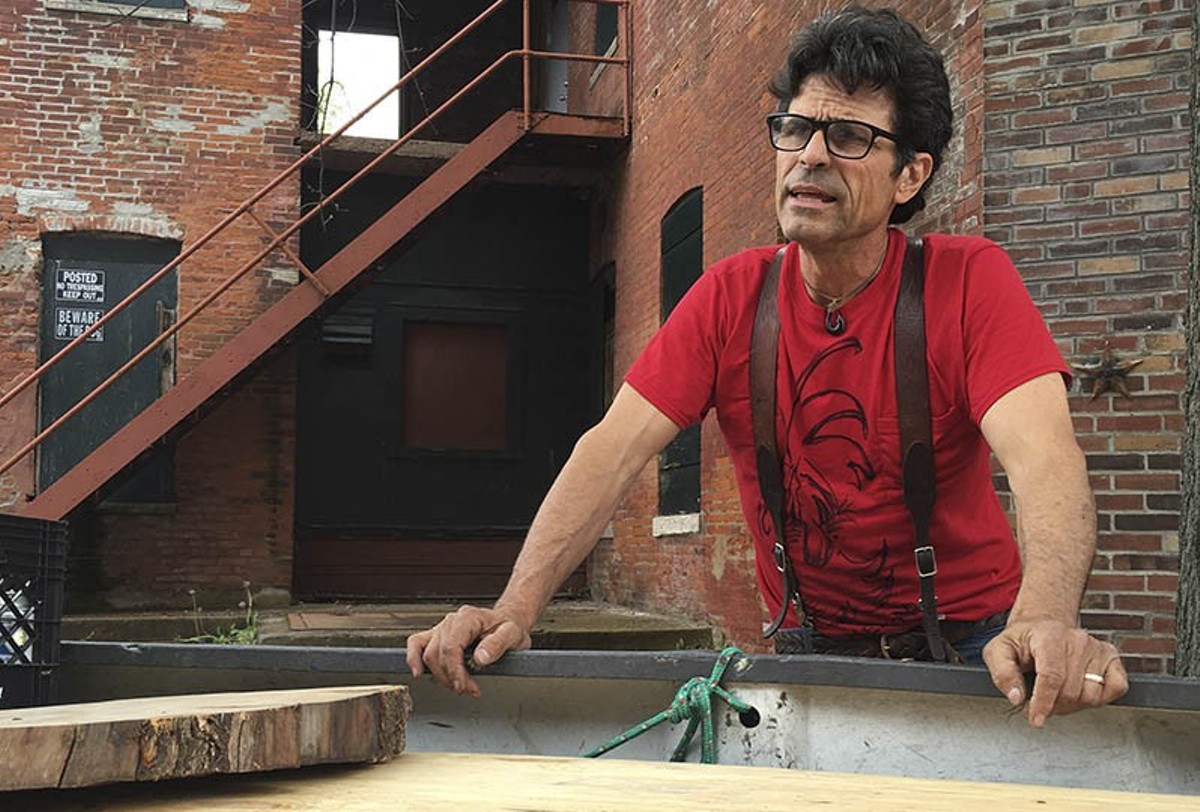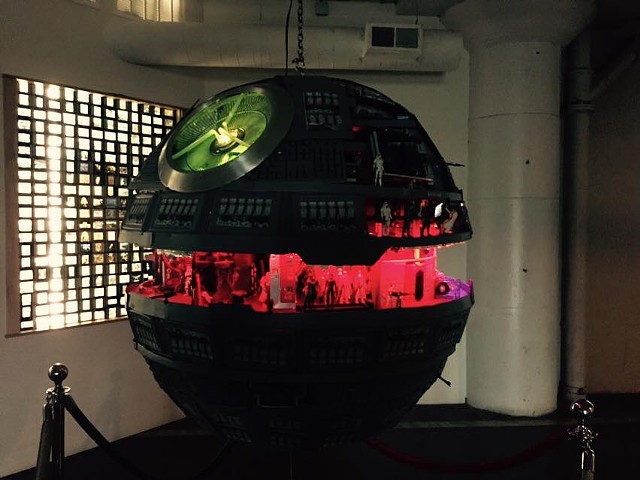
Some months back, a group of friends including Washington University adjunct and architectural historian Michael Allen paid a visit to the old Central High School at Garrison and Natural Bridge, closed for about a dozen years now. Unlike some buildings that offer unusual viewpoints of urban exploration, this visit was somehow sadder, knowing that these empty hallways and classrooms were, for just over a century, a vital part of the city's educational system. Today, few remnants of what was remain, despite the complex's large north-city footprint.
"I think it's got an overwhelming sense of the uncanny mundane," says Allen. "The place has been stripped of all the vestiges of students. Other schools are full of display boards, borders made with construction paper. At Central, there's nothing to indicate the life of that building. It's all about beige-painted plaster walls. Lockers, collapsed ceilings, buckled floors. It's all the same. It really just makes you aware that abandonment can be kind of boring. It boils down to something that's not visually striking.
"What gives the school such a rush," he continues, "are the views from the windows and the roof, looking out across north St. Louis, over this tree canopy leading to the Arch. And then there's the graffiti on the building. What the building lacks in other color has been brought back by these really large-scale pieces, impressive in their use of color and imagination. I saw pieces that depicted Agent Cooper. Some animal pieces, like an intricate deer. There were some things that you don't see on exterior walls. Here, they felt like delicate pieces of fine art, delicate works of art. It's like they wanted to put them into spaces that won't get immediately bombed. They're safer there, like paintings put in a storage vault. I appreciated that. It was almost like going in a museum. These beige walls, all the pieces lined up."
Wryly, he adds, "and like a lot of museums, the entrance is hard to find."
Allen may see things differently than many of us. Graffiti, for example, is something we all see in the city, but we run the results through very different prisms. Some people call the work of artists like Super "blight." Allen sees a city with significantly more paint than just a few years ago — and some of it he likes.
"When I started exploring, the world of graffiti was dominated by a handful of old-guard figures, by this point. Veks, Redd Foxx; you'd see their names in a lot of different places. Now, there's too much to even know." He references Merferd and the artist crew who reiterated the message "Free the Herb," then adds, "There are a lot more brazen acts of graffiti on occupied buildings, along Cherokee especially. Graffiti used to follow vacancy. You don't see it in the West End; in the Loop, there might be a Sharpie mark on a lamp-post. But on Cherokee, almost every building's been tagged with entire-wall-sized pieces."
With the arrest of Super, he says, the conversation's taken on a new, mainstream conversation. Before that, he says, "I can't remember the last time I picked up a newspaper and saw the arrest of a tagger. It wasn't in the press and wasn't something that the police bragged about. That says something over how big a part of the city it's become."
He adds, "It almost used to be a game to find a good Ed Boxx piece. Now you can get out and circulate and there's a lot more stuff; just not as high-quality."
What's driving the increase? Allen speculates, "There seems to be more permissiveness. Or the fact that more young people flock to the city and feel more confident in wanting to express themselves.
He adds, "I think a lot of taggers are white males that grew up in the suburbs, and ten years ago were not as likely to have lived in the city. Now, I think there are a lot more of these taggers living in the city, tagging in the city. They're here, rather than coming in from the county and doing a signature piece."






